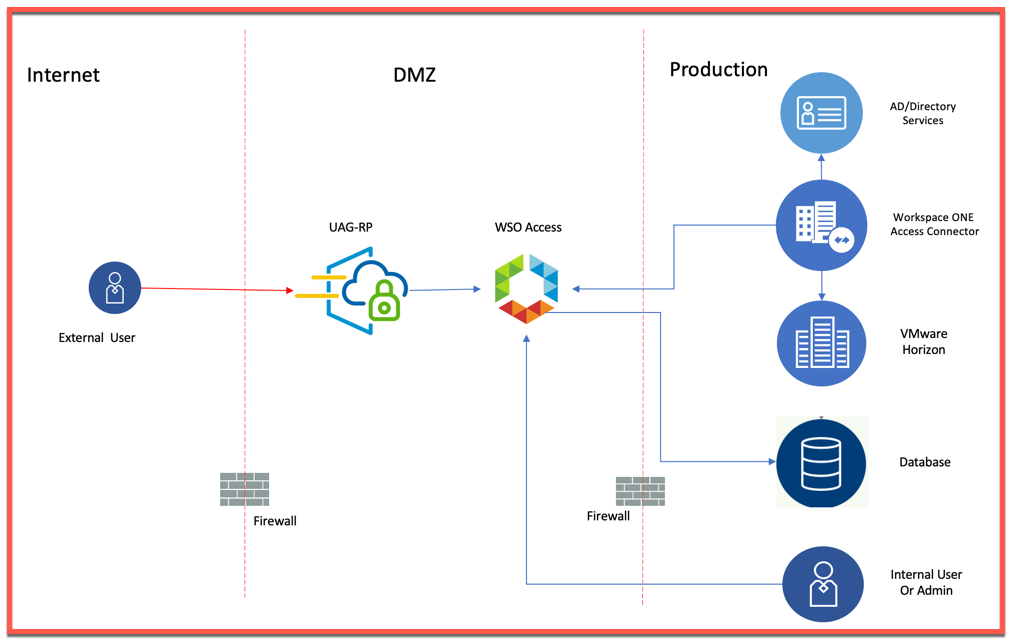VMware Dynamic Environment Manager (DEM) can do wonders for Windows OS as well as for User Profile and there is huge content available on VMware Docs as well as Internet

WorkSpace One Access with UAG as Reverse ProxyWorkSpace One Access with UAG as Reverse Proxy
I have been working with multiple customers and there has been a concern to block admin access to local admin user as well as domain users for administration console from

On-boarding Horizon 7 On-Premises to Horizon Cloud TenantOn-boarding Horizon 7 On-Premises to Horizon Cloud Tenant
In this article, I will talk about on-boarding Horizon 7 pod to Horizon Cloud tenant environment. This is basically done to achieve two primary use cases: Apply subscription based license
Horizon Cloud On Azure : 1. Preparing Azure SubscriptionHorizon Cloud On Azure : 1. Preparing Azure Subscription
In this blog, I am going to walk you through the deployment of Horizon Pod on Azure Cloud from scratch. For this setup, I am deploying Active Directory in the

VMware UAG integration with PING SAMLVMware UAG integration with PING SAML
Further in this series after Azure & OKTA SAML integration, I will be discussing about SAML integration of UAG with Ping IdP. This can be achieved by following the below

VMware UAG integration with OKTA SAMLVMware UAG integration with OKTA SAML
Further in the category after Azure SAML integration, I will be discussing about SAML integration of UAG with OKTA IdP. This can be achieved by following the below three steps

VMware UAG integration with Azure SAMLVMware UAG integration with Azure SAML
With the surge in work from home requirements due to recent Covid-19 situation, Customers are looking for methods to secure their environment access from Internet. One of the solution from

WS1 Access-OKTA IntegrationWS1 Access-OKTA Integration
In this article, I am going to discuss how to configure WS1 Access as IdP for OKTA in which we already have an application (Salesforce) configured for authentication. To carry